- News
- Reviews
- Bikes
- Accessories
- Accessories - misc
- Computer mounts
- Bags
- Bar ends
- Bike bags & cases
- Bottle cages
- Bottles
- Cameras
- Car racks
- Child seats
- Computers
- Glasses
- GPS units
- Helmets
- Lights - front
- Lights - rear
- Lights - sets
- Locks
- Mirrors
- Mudguards
- Racks
- Pumps & CO2 inflators
- Puncture kits
- Reflectives
- Smart watches
- Stands and racks
- Trailers
- Clothing
- Components
- Bar tape & grips
- Bottom brackets
- Brake & gear cables
- Brake & STI levers
- Brake pads & spares
- Brakes
- Cassettes & freewheels
- Chains
- Chainsets & chainrings
- Derailleurs - front
- Derailleurs - rear
- Forks
- Gear levers & shifters
- Groupsets
- Handlebars & extensions
- Headsets
- Hubs
- Inner tubes
- Pedals
- Quick releases & skewers
- Saddles
- Seatposts
- Stems
- Wheels
- Tyres
- Health, fitness and nutrition
- Tools and workshop
- Miscellaneous
- Cross country mountain bikes
- Tubeless valves
- Buyers Guides
- Features
- Forum
- Recommends
- Podcast
TECH NEWS
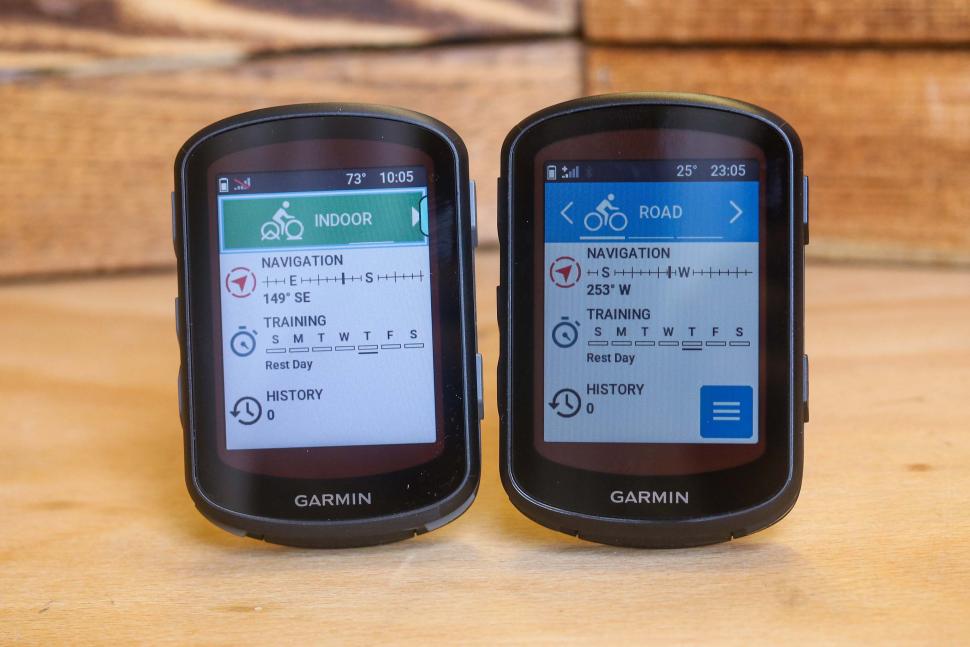 2023 Garmin Edge 540 and 840 Solar 1.jpg
2023 Garmin Edge 540 and 840 Solar 1.jpgGarmin offers more solar charging with new Edge 540 and Edge 840 Series GPS cycling computers
Garmin has introduced Edge 540 and Edge 840 Series GPS cycling computers – updates to the existing Edge 530 and Edge 830 – that are said to offer improved coaching and enhanced navigation, along with solar charging options that provide “up to 32 hours of battery life in demanding use or up to 60 hours in battery saver mode”. Most of the new features have trickled down from the popular but pricey Garmin Edge 1040 that was launched last year.
> Check out our review of the Garmin Edge 1040 Solar
We’ve known for a couple of weeks that the new mid-range models were on the way and that solar charging would trickle down from Garmin’s top-level Edge 1040 Solar.
> Secret new tech! Garmin set to release solar-powered Edge 540 and 840 bike computers
Now Garmin has confirmed these key new features (in its own words):
- Cycling ability and course demands: Identify strengths and weaknesses as a cyclist and prepare for the demands of a specific course by focusing training in the right areas
- Targeted adaptive coaching: Whether cycling indoors or outdoors, riders can view daily suggested workouts and training prompts, plus receive personalised coaching that adapts [when paired with compatible sensors] based on training load, recovery and the demands of upcoming events.
- Real-time stamina: Monitor and track exertion levels in real-time during a ride to help influence training efforts or see how much further the current pace can be maintained.
- Power guide: Manage efforts with power targets throughout a course.
- ClimbPro ascent planner: View the remaining ascent and grade for each climb while riding freely without course navigation or search for climbs directly on the Edge and in the Garmin Connect smartphone app before heading out.
- Multi-band GNSS: Cyclists can easily find their way with enhanced positioning accuracy via multi-band GNSS technology. Plus, Edge 540/840 operates well in challenging environments, such as dense forests or urban environments.
- Solar charging: Power Glass solar charging lens on solar models extends battery life up to 60 hours in battery-saver mode, giving cyclists up to an extra 25 minutes per hour during daytime riding.
Several of these features demand the use of compatible sensors, such as a power meter and/or heart rate monitor, which must be bought separately.
“Whether training for a major race or pursuing a personal milestone, advanced performance metrics on Edge 540 and 840 Series, including targeted adaptive coaching and cycling ability and course demands, can provide cyclists with dynamic insights and analytics — all to improve performance and provide a snapshot of strengths and weaknesses ahead of upcoming events or milestone targets,” says Garmin.
Targeted adaptive coaching is one of the features that was introduced on the Garmin Edge 1040 last year. This gives you training tips and daily suggested workouts that “adapt to match your performance, recovery and the demands of upcoming events”. You can have all of the week’s suggested workouts in your Garmin Connect smartphone app calendar displayed on your Edge 540 or 840.
The real-time stamina feature has also trickled down from the Edge 1040. It is designed to allow you “to track and manage exertion throughout an activity to help you optimise your energy usage and avoid over-exerting yourself too early”.
Essentially, the idea is that it tells you how much you have left in the tank, how much you’re fatiguing, and your time/distance to exhaustion.
The ClimbPro ascent planner has been hugely popular on the Garmin Edge 1040 and its inclusion on the Edge 540 and 840 is likely to be well received.
ClimbPro is designed to help you manage your effort by showing upcoming climbs for the course, at what distances they occur, and their lengths and gradients. You can see this info in the course preview and also as a dedicated page within the timer loop during the activity.
Beyond that, a dedicated ClimbPro page automatically appears as you approach a climb even without course navigation. This page shows your position on the climb as well as the distance, ascent and average gradient remaining so you can gauge your effort. You never find yourself going around a corner to see the hill kick up unexpectedly, for instance.
> Which GPS cycle computer is best for climbing? Garmin v Hammerhead v Bryton
The Edge 540 and 840 also offer Garmin’s existing training features.
“With insights from Firstbeat Analytics such as VO2 max, training status and training load, recovery time and more, cyclists can see how their body is responding to their training efforts,” says Garmin.
“When wearing a compatible Garmin smartwatch, cyclists can receive a more holistic view of their overall health and wellness with insights like Pulse Ox3, Body Battery energy monitoring, advanced sleep monitoring and sleep score, and more. During a ride, Edge 540 and 840 Series let riders see how their body holds up in different environments with heat and altitude acclimation and set up in-ride notifications when it’s time to refuel or rehydrate.”
Like their predecessors, the Garmin Edge 540 and Edge 840 use a 2.6in colour display and feature button controls “that work in any riding environment”. On top of that, the Edge 840 – like the existing Edge 830 – includes a touchscreen.
> Read our review of the Garmin Edge 830
Solar charging and battery life
Garmin introduced solar charging to the Edge range last year with the 1040 Solar and the technology has now trickled down to the more accessible 540 and 840, although the runtimes are not as long.
Garmin claims that the solar-charged 540 and 840 offer up to 32 hours of battery life “in demanding use” and up to 60 hours in battery saver mode. Non-solar models offer up to 26 hours of battery life in demanding use and up to 42 hours in battery saver mode.
For comparison, Garmin claims a 45-hour runtime on standard mode for the Edge 1040 and 100 hours if you use it on battery saver mode.
Garmin’s figures assume continuous 75,000 lux conditions during daytime rides. The computer would need to be directly in the sun to receive that amount of light, though. An overcast day might give more like 1,000 to 2,000 lux.
The solar-charged computers can also charge when you're off the bike.
Prices and availability
The new Garmin Edge 540 and Edge 840 Series computers are available now at these prices:
- Garmin Edge 540 (non-solar) £349.99
- Garmin Edge 540 Solar £449.99
- Garmin Edge 840 (non-solar) £449.99
- Garmin Edge 840 Solar £519.99
You’ll notice that if you have £450 to spend, you can choose between the solar-powered and push-button Edge 540 and the non-solar Edge 840 with a touchscreen.
Sensor bundles for each device are also available.
We have the Garmin Edge 540 and Garmin Edge 840 Solar in for review so standby for reviews of each in the coming weeks on road.cc.
Mat has been in cycling media since 1996, on titles including BikeRadar, Total Bike, Total Mountain Bike, What Mountain Bike and Mountain Biking UK, and he has been editor of 220 Triathlon and Cycling Plus. Mat has been road.cc technical editor for over a decade, testing bikes, fettling the latest kit, and trying out the most up-to-the-minute clothing. He has won his category in Ironman UK 70.3 and finished on the podium in both marathons he has run. Mat is a Cambridge graduate who did a post-grad in magazine journalism, and he is a winner of the Cycling Media Award for Specialist Online Writer. Now over 50, he's riding road and gravel bikes most days for fun and fitness rather than training for competitions.
Latest Comments
- Coolkitty 5 min 59 sec ago
What is it with brakes nowadays - to tight they catch on the wheel, loosen them slightly and hardly work. Are hub brakes better?
- chrisonabike 16 min 46 sec ago
Almost certainly. With motor traffic though (well, plus "human population and prosperity growth") it's always like the children's song - it starts...
- David9694 44 min 15 sec ago
I had to look this one up: https://savingplaces.org/stories/a-tale-of-two-planners-jane-jacobs-and-...
- chrisonabike 56 min 33 sec ago
What wokery is this? I thought those tech-bros were there to save us from the "mind virus"?
- chrisonabike 42 min 55 sec ago
Sadly this is two very common patterns:...
- Secret_squirrel 9 hours 50 min ago
The Junior Minister appears pig ignorant of the law in this area....
- hawkinspeter 13 hours 44 min ago
Opposition to controversial East Bristol Liveable Neighbourhood ‘will filter away’ say council bosses...
- quiff 15 hours 36 min ago
I know it's not the same, but they are saying Quest will have free highlights.
- chrisonabike 16 hours 57 min ago
Yeah but if you take away any chance of getting their licence back they'll turn into some kind of amoral road-bandit! * checks court records again ...
- mdavidford 17 hours 38 min ago
As far as I can see, the only place anything like that number appears in the source story is in the video, near the end, when they're chatting...
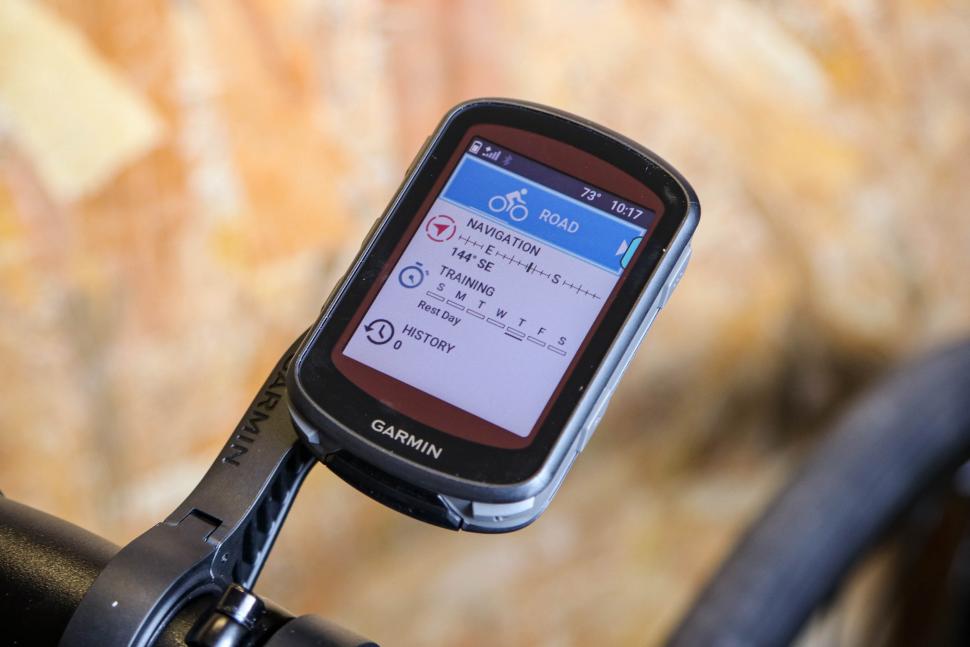
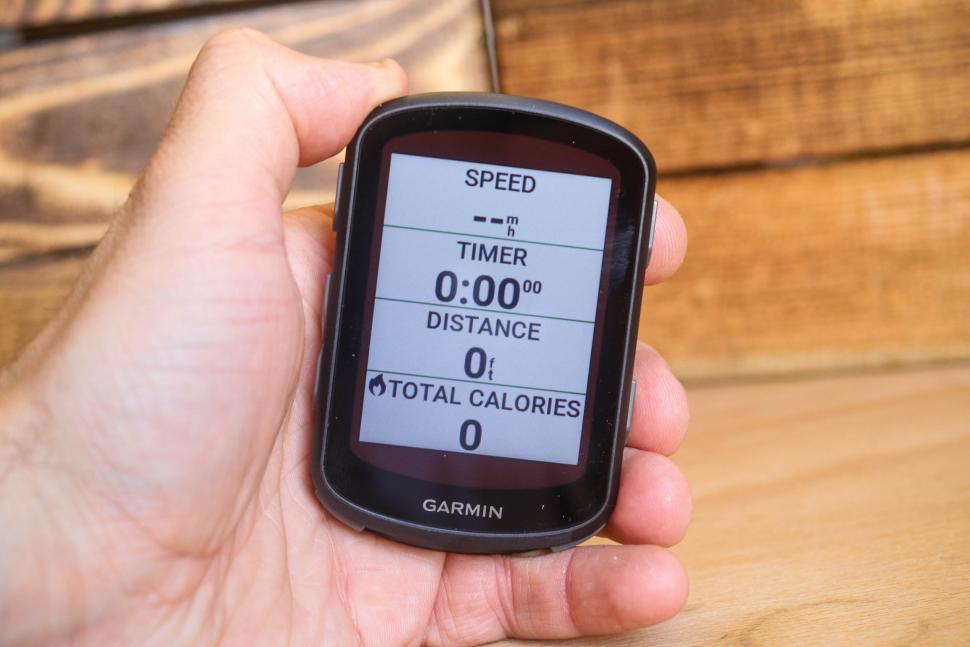
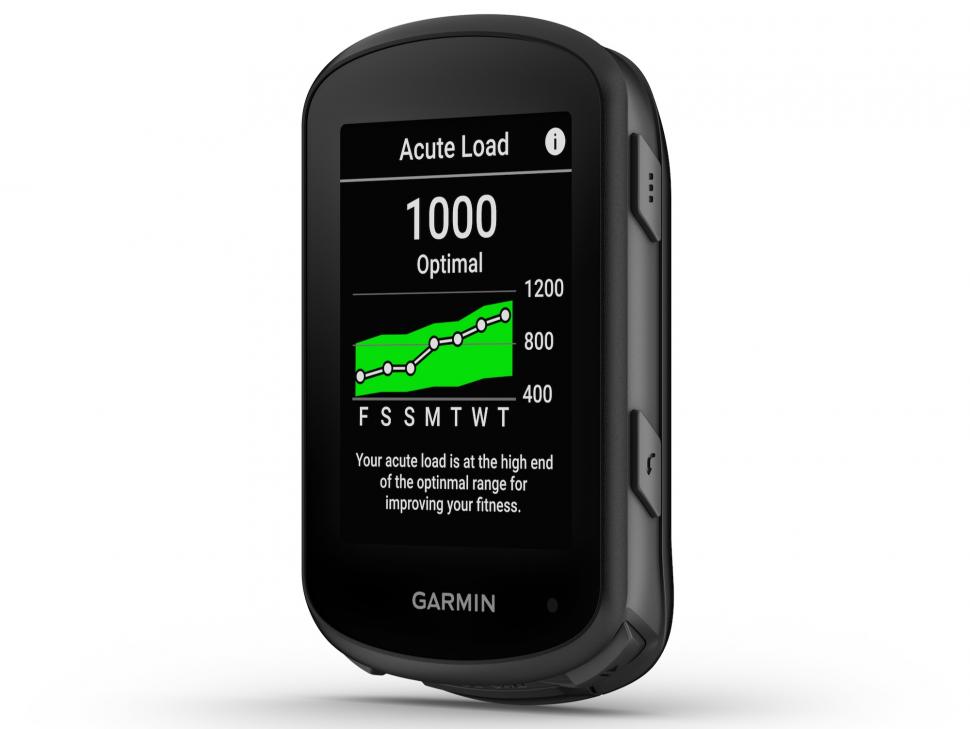
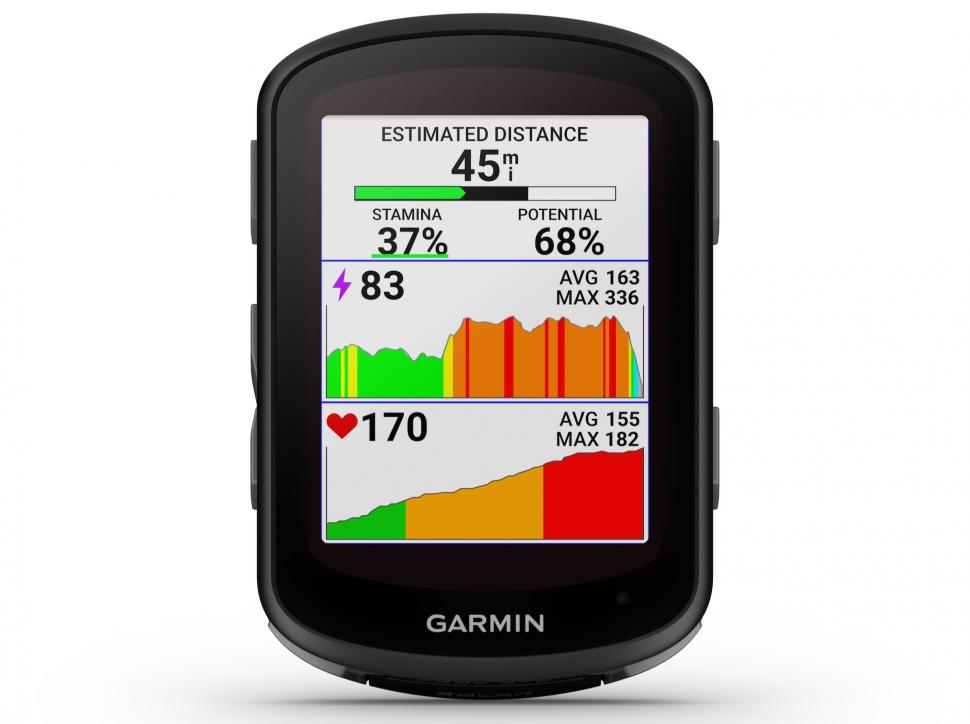

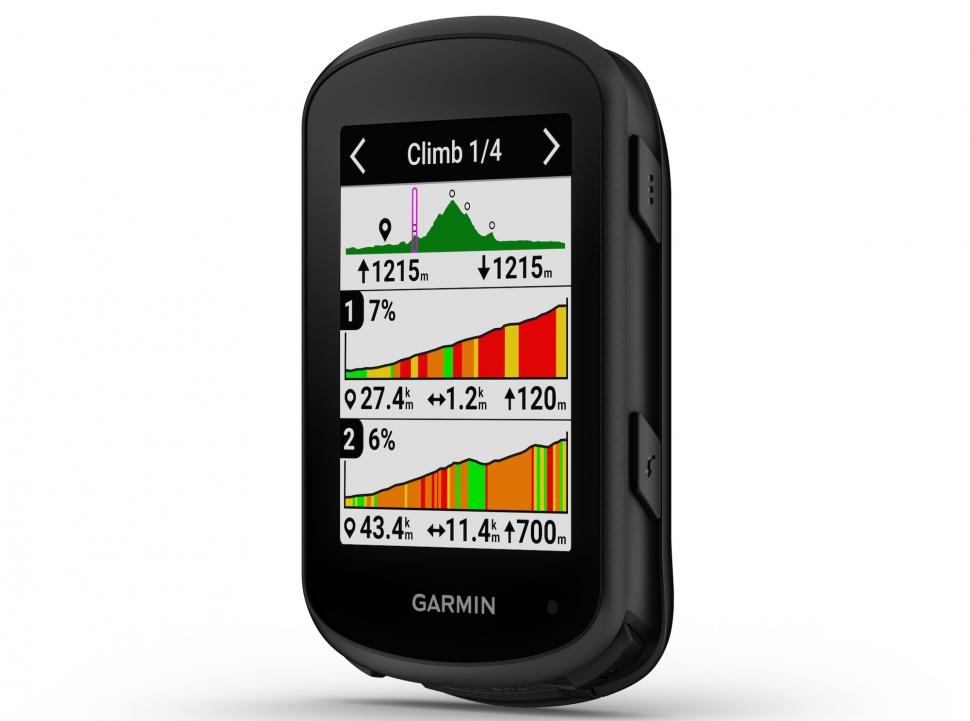
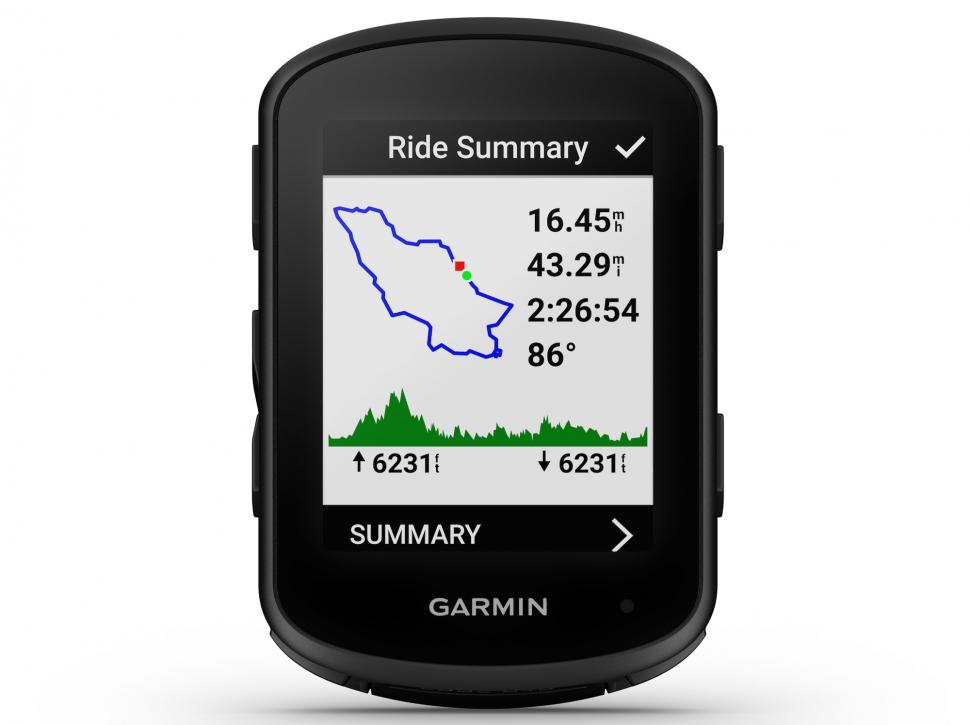
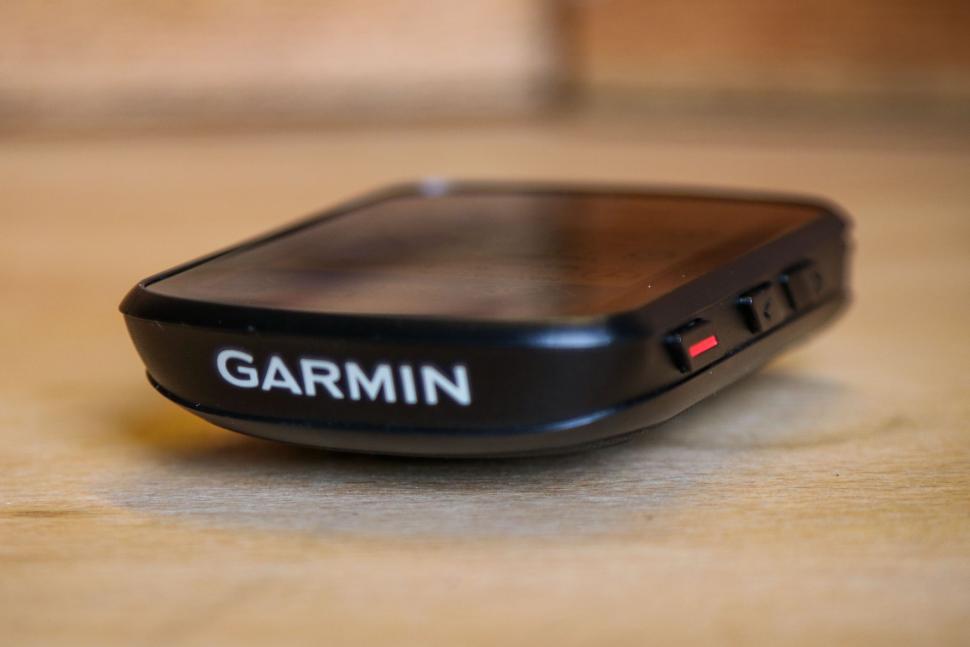
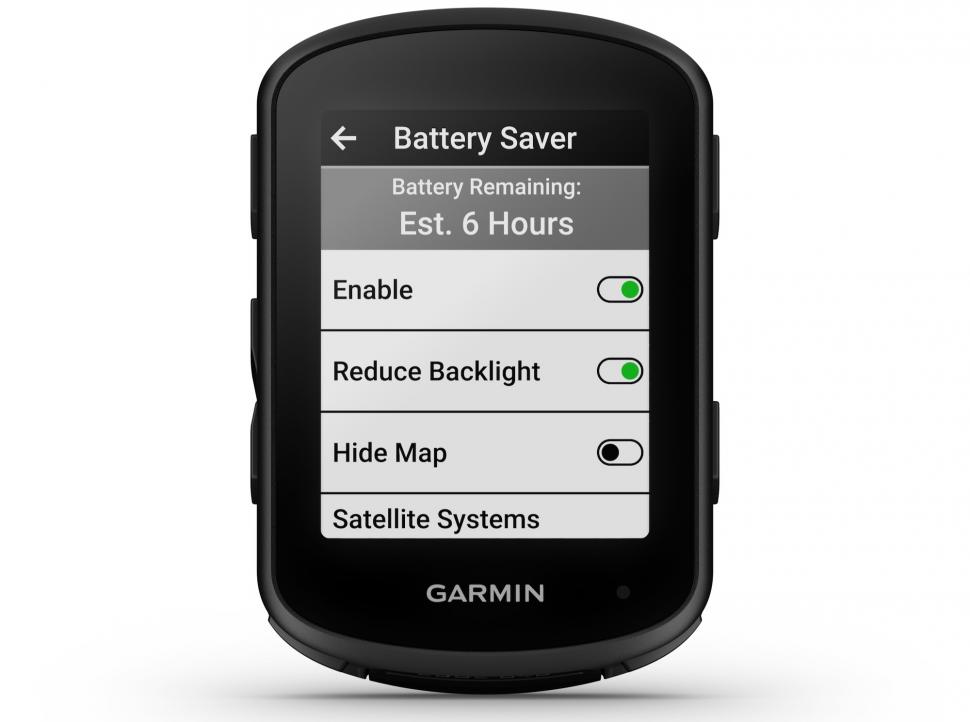
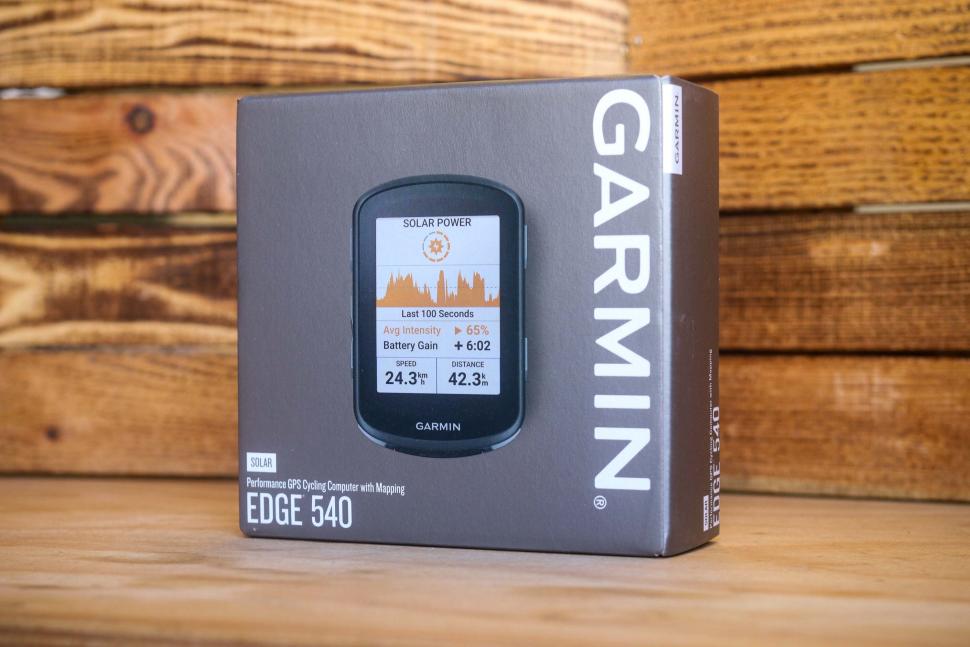


























Add new comment
16 comments
Disappointing....
https://www.youtube.com/watch?v=N-W4u5esMis
They do have USB-C !!
And these are mid range? Blimey, my old Edge 520 was £250 about 8 years ago, and I thought that was a bit steep.
£350 for the cheapest version.....think I'll pass on that.
Nows the time to get a relative bargain on the *30 models. I got a 1030 plus. The 530 is £208 on Wiggle currently....the 1030 has been discounted for at least 6 months now...
It was £160 when I bought the 530 July last year (Amazon), so it's got a way to fall if it's now the old model!
I think this looks like a great little GPS. Buttons and a touchscreen is something I've personally wanted for a good while now.
Now have to decide if I can justify upgrading from a 530 with an Epix for back up. Not sure I can but you never know.
Interesting that ClimbPro is available without a course to follow, hopefully that will be in a 1040 update very soon.
Anybody know- Does solar charging shorten the lifespan of the battery by speeding up the number of recharge cycles it goes through ?
As far as I can tell, the causes of decline in Li-ion batteries are complex, but while the number of charge cycles is often used as a matric of lifespan, it's not especially useful. What is more relevant is simply the total cumulative charge/discharge. I.e. going from 80% to 20% and back once (0.6 charge cycles) is pretty much equivalent to going from 80% to 70% and back six times (0.1 * 6 = 0.6 charge cycles). So on that front, solar charging shouldn't make any difference - there will be the same total cumulative charge/discharge, dependent solely on the usage.
I don't know whether power generated through the solar panel while the device in use even contributes towards the charging cycle - it seems possible that the device could be (partially) powered direct from the solar power (with the remainder drawn from the battery) and therefore the solar version might increase the battery lifespan, as the battery is in fact being charged/discharged less. But only if the solar power can bypass the battery - as far as I can tell, simultaneous charging/discharging would still contribute to the battery's total cumulative charge/discharge.
There are other ways solar charging might affect battery life:
As I understand it, slow trickle charging is better for batteries than fast charging (due to lower voltages and lower temperatures), which would suggest slow solar charging is better than fast USB charging.
Avoiding extremes of battery capacity (100% charged/0% charged) is also desirable - although in practice modern electronics have built in safeties to prevent either extreme, so that's unlikely to be a huge issue. It would probably depend on how you use your device - plugging a device in to fully charge after every ride is probably not ideal, and solar might convince some people not to bother charging their device so often. On the other hand, if you already take care to keep your devices between 80-20% charged, then the solar version might actually reduce your ability to control this.
My understanding is that batteries cannot charge/discharge simultaneously - generally speaking. Which makes sense if there is a single "lane" for input and output.
Most "charging whilst using" you see is actually power going directly to the system + any remainder going to the battery.
Now obviously if under the surface you have a multiple cells and some can supply power whilst others charge then you have a different scenario.
In the case of the Garmin and the relatively small panel surface my hunch is you mostly see a solar trickle to the system plus a top up from the battery. Hence battery life extension rather than charging.
I hope they're better at product design and software development than they are at timing press releases - doesn't appear to be available practically anywhere currently, despite what Garmin have told road.cc. I've been pondering whether I need to upgrade from my Edge 810 for my upcoming EuroVelo5 trip.
Here and here at Wiggle with next day shipping and on the Garmin website in the UK but not showing up in google results yet. Enjoy your trip!
Thanks, looks like it took them a few hours as they weren't there when I looked. I'm sorely tempted but it's a lot of money!
"Garmin’s figures assume continuous 75,000 lux conditions during daytime rides. The computer would need to be directly in the sun to receive that amount of light, though. An overcast day might give more like 1,000 to 2,000 lux."
Not sure,in average UK conditions, the extra expense of solar would add much range!
Well the 1040 was well received by UK reviewers on that point, in that the solar part worked far better than expected and I've not seen any of them gripe about it since.
However most of those reviewers always have some kind of garmin influencer deal & get the stuff for free for just reviewing it, so maybe it's not something theyd overly highlight to criticise for a longterm review.
It doesn't really add a huge amount of range. It gets reported as "time gained", and last summer I was typically getting a 25-30 minute gain over a 4-5 hour ride on the 1040. So not ride-changing but quite nice to have. I would imagine it would come into its own on a multi-day ride in a very sunny place.
I'm not sure whether this is the case for the 540 & 840 solar models, but with the 1040 solar, the £100 difference over the base model wasn't just made up of the solar functionality, the solar model came with a silicone case, an additional MTB/flat bar mount, and 64Gb instead of 32Gb memory.